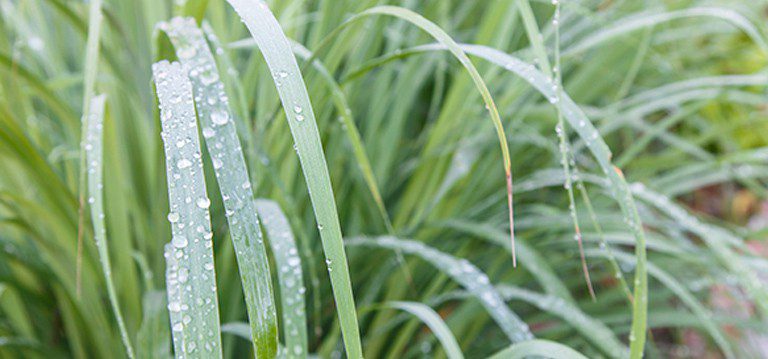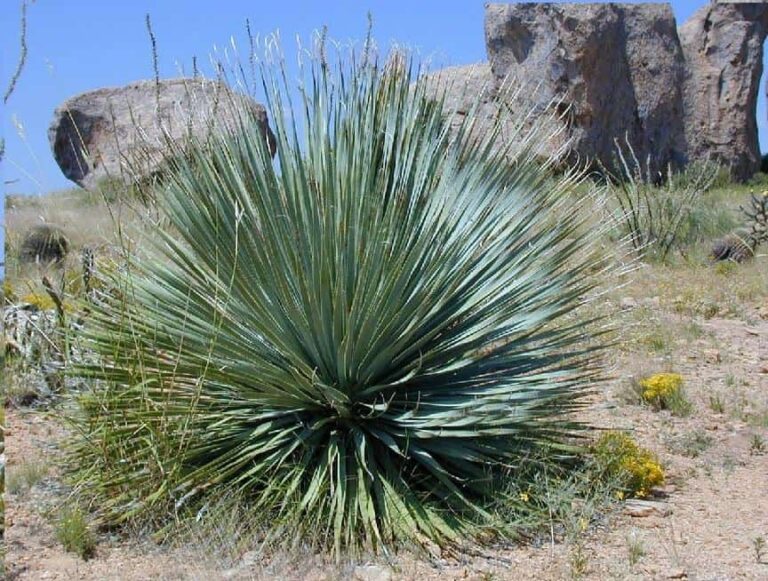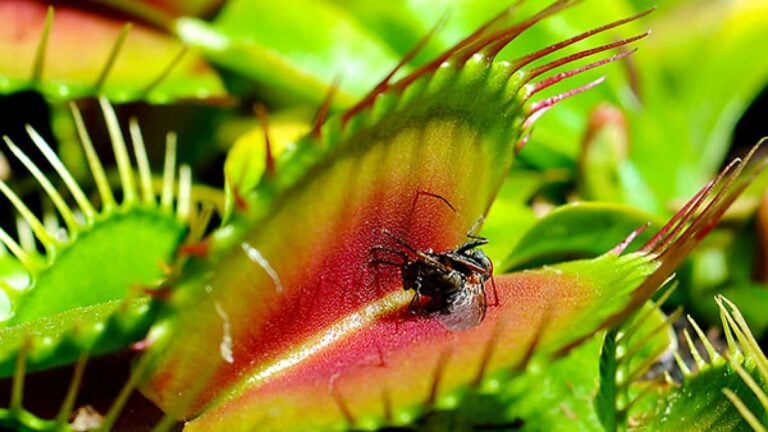Your Next Great Houseplant is the Cordyline
Also known as a ti plant, cordyline is a tropical plant that’s native to Southeast Asia and is also found in Hawaii. The plant is only hardy in areas that don’t get a freeze or that don’t see temperatures fall below 50 degrees Fahrenheit. In other parts of the world, it’s grown as a houseplant or outdoors as an annual. Cordyline needs a fair amount of light to thrive as well as semi-regular waterings. It can suffer if exposed to an excess amount of fluoride.
>> Check out the Cordyline plant on Amazon <<
Types of Cordyline
Cordyline plants, or ti plants, are known for having vibrant, dramatically colored leaves. In nature, the plant can grow to up to 10 feet tall. When grown as a houseplant, it usually reaches heights between three and six feet. The leaves of the plant are long and somewhat narrow, reaching a length of 30 inches in some cases and a width of six inches. Although cordyline does produce flowers in nature, when it grown indoors it rarely blooms.
The shade of the plant’s leaves and the patterns of markings on its leaves varies from variety to variety. Choose a cordyline plant that best matches your decor or personal tastes. Here are a few examples of the varieties available:
- Morning Sunshine. The morning sunshine variety of cordyline has pale green leaves that are streaked with purple, pink and cream.
- Hawaiian Boy. The Hawaiian boy type of cordyline has deeply colored red-purple leaves.
- Red Sister. Like the Hawaiian boy, red sister has dark purple leaves. But, its leaves also show hints of green and have streaks of hot pink.
- Candy Cane. The candy cane variety has bright green leaves that have pink and cream stripes.
- Black Mystique. The black mystique variety has the darkest leaves of all. Its dark purple leaves are almost black in color and have a glossy sheen to them.
Care for Cordyline
Since it is a tropical plant, cordyline needs to have certain needs met before it can thrive as a houseplant or outdoors in the garden. The plant is native to southeast Asia and is only hardy in zones 10 through 12, according to the Missouri Botanical Garden. The plant is also found in Hawaii. It can’t handle freezing temperatures and will suffer if the thermometer drops below 50 degrees Fahrenheit.
Cordyline or ti plants aren’t meant for dark, low-light areas. The plants prefer medium light conditions. They will grow well in a room with a west or east facing window, as long as they aren’t placed in direct sunlight. Cordyline plants with variegated leaves need more light than varieties with deep red or purple leaves.
>> Get your own Cordyline on Amazon <<
The plant is slightly picky when it comes to water needs. It’s best to let the soil dry out somewhat between waterings. Don’t give the plant so much water that its soil is constantly soggy or wet. When you do water, water deeply, so that excess liquid flows out of the bottom of the container or through the drainage hole. Don’t let any excess water collect in a saucer.
Cordyline is sensitive to fluoride, which is often found in tap water. If your water contains added fluoride, you might notice that the tips of the plant’s leaves are turning brown. In that case, it might be best to switch to watering the plant with distilled water or with another type of bottled water that doesn’t contain added fluoride.
The potting mix you choose for the ti plant can also affect its wellbeing. First things first, make sure you’re using a potting or container soil if you’re growing the plant indoors. Garden soil isn’t appropriate for houseplants or any container grown plants. It tends to form a large clump in the pot, keeping water from freely draining.
Many potting soils contain an ingredient known as perlite. If you can, look for a container mix that doesn’t have perlite when planting a ti plant. According to Gardening Know How, perlite often contains fluoride.
The video from Kraft Gardens gives you a quick rundown of how to provide the best care for your cordyline or ti plant.
Cordyline Diseases and Pests
Like all plants, cordyline can fall victim to a number of diseases. It can also be attacked by a variety of pests. Providing the plant with ideal growing conditions and with proper care will help to keep it healthy and pest-free.
Cordyline is often susceptible to a number of leaf spot diseases and to root rot, caused by fungi, according to Penn State. When the plant’s roots are rotted, the leaves will often turn yellow. When the plant has leaf spot, dry, brown, tan or reddish areas will develop on the plant’s leaves.
Adjusting the way you water the plant can help minimize the risk for rot and leaf spot. For example, instead of tipping water over the entire plant, soaking the leaves and stems, direct the water to the soil only.
Planting ti plant in fresh, sterile potting soil can also reduce the risk for fungal infections and other diseases. If you notice that your plant has spots or signs of root rot, your best option is to discard the diseased plant and start over.
Pests that can harm cordyline include aphids, mealybugs and spider mites. If you notice the bugs on the plant, you can either spray it with an insecticide soap or try hosing the plant off with a jet of water or in the shower.
>> Buy a Cordyline on Amazon <<
Cordyline Edibility and Toxicity
If you have pets, you’ll want to be careful about growing cordyline in your home or garden. The plant contains saponins, which are toxic to both cats and dogs, according to the ASPCA.
Although it is poisonous to pets, cordyline has a history of being used as an emergency food or as a sweet treat, according to the National Tropical Botanical Garden. People also use the plant’s roots to make a liquor known as Okolehao or Oke, which is similar in taste and quality to a clear brandy.



